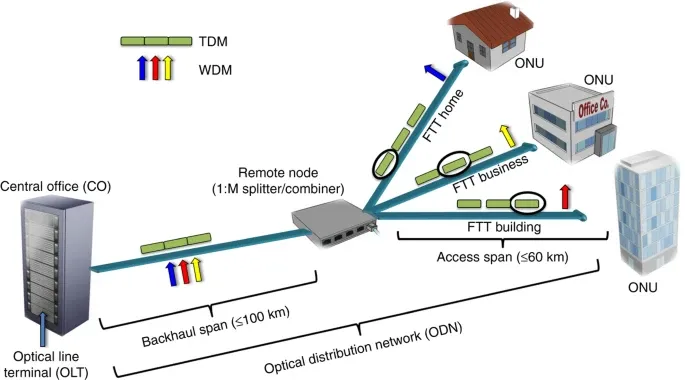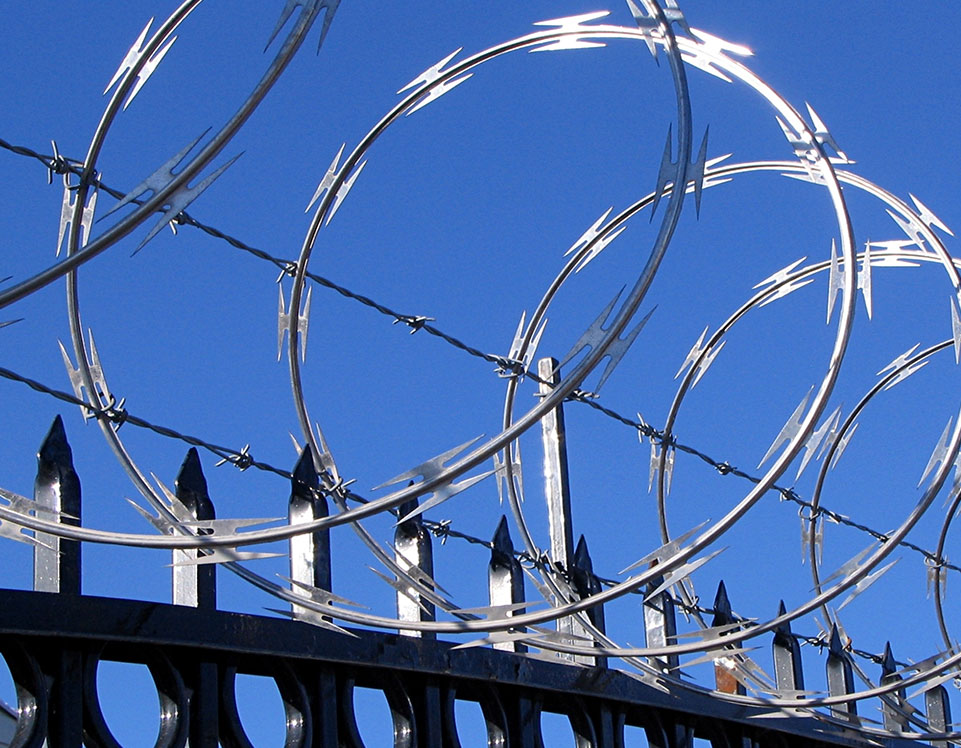Exploring the Power of Security Fibers for Cutting-Edge Monitoring and Protection
Exploring the Power of Security Fibers for Cutting-Edge Monitoring and Protection
Blog Article
Why Fiber Optic Safety And Security Solutions Are the Future of Security
The transition to fiber optic protection systems notes a considerable innovation in the world of defense, driven by their phenomenal data transmission capacities and resilience to exterior disturbances. These systems not just promote faster and more dependable interaction however likewise present an affordable option with decreased maintenance demands. As the landscape of security progresses together with arising modern technologies such as AI and IoT, the capacity for fiber optics to improve and redefine safety and security infrastructures ends up being increasingly obvious. The effects of these advancements increase important inquiries about the future of protection actions and their performance in an ever-changing setting.
Benefits of Fiber Optic Equipments
One of the key benefits of fiber optic systems is their premium bandwidth ability, which promotes the transmission of large volumes of data over cross countries without considerable loss. This particular is especially helpful for safety and security applications that require the continual tracking and transfer of high-def video clip feeds, sensor information, and various other crucial details. Optical fiber can accommodate the expanding needs of modern-day protection systems, guaranteeing that information remains intact and trusted.
Additionally, fiber optic cables are much less at risk to electro-magnetic interference, which can be a considerable issue in atmospheres with various electronic gadgets. This resistance improves the honesty of the information being transmitted, consequently reducing the threat of information violations or system failings. Fiber optic systems are inherently much more protected than standard copper cables, as tapping right into a fiber optic line without discovery is exceptionally difficult.
The sturdiness of fiber optic cable televisions likewise adds to their allure. They are resistant to environmental factors such as wetness and temperature variations, minimizing maintenance costs and enhancing system longevity. Generally, these advantages setting fiber optic systems as a durable and reliable selection for modern-day protection frameworks, ensuring trustworthy and safe and secure information transmission.
Enhanced Data Transmission Speed

The capability to transfer vast quantities of data quickly facilitates the seamless assimilation of high-def video clip feeds and progressed analytics. Safety and security systems can currently process and analyze information in real-time, boosting reaction times and situational recognition. Additionally, fiber optic links support longer transmission distances without destruction of signal quality, making them ideal for expansive safety and security networks.
The boosted speed of fiber optic systems not only boosts the effectiveness of safety operations but additionally lowers latency. This is specifically crucial in essential scenarios where timely decision-making can prevent security breaches or mitigate possible threats. As organizations proceed to focus on security and effectiveness, the need for quick and reliable data transmission will undoubtedly strengthen fiber optic systems as a foundation of modern protection framework.
Resistance to Disturbance
Fiber optic safety and security systems regularly demonstrate phenomenal resistance to electromagnetic disturbance, an essential advantage in settings susceptible to digital sound. Unlike standard copper cables, which can be negatively affected by electro-magnetic areas, radio frequency disturbance, read this and various other types of electrical disturbance, fiber optic cable televisions use light to transmit information. This fundamental home ensures that the signals continue to be clear and unaltered, no matter of surrounding electronic task.
Making use of glass or plastic fibers in fiber optic innovation creates a barrier versus disturbance, permitting dependable information transmission also in tough situations such as commercial centers, urban areas with high digital web traffic, or areas near radio towers. This particular considerably reduces the chance of signal deterioration or loss, making fiber optic systems particularly ideal for safety and security applications where honesty and accuracy of data are vital.
Moreover, this resistance to interference improves the general efficiency and reliability of protection systems, guaranteeing that tracking and sharp systems operate flawlessly. In a globe where security is progressively threatened by sophisticated modern technologies, the strength of fiber optic systems look at this now stands out as a critical function, reinforcing their status as a necessary component of modern-day security framework.
Cost-Effectiveness With Time
Substantial cost financial savings can be accomplished gradually with the application of fiber optic protection systems. While the initial investment may appear higher compared to conventional copper-based systems, the long-term monetary benefits emerge with decreased functional and maintenance costs (fiber security). Fiber optic cables are inherently extra sturdy and much less susceptible to ecological aspects, which equates to reduce substitute and fixing expenditures over their life-span
Furthermore, fiber optic systems need much less power to operate, which further decreases energy prices. Boosted information transmission capabilities permit fewer repeaters and amplifiers, lessening equipment financial investment and improving setup processes. The scalability of these systems additionally contributes to cost-effectiveness, as organizations can expand their protection infrastructure without incurring significant extra expenditures.
An additional factor to think about is the boosted performance in monitoring and action capacities that optical fiber offer. Improved real-time data transmission can cause quicker Web Site case feedback times, possibly mitigating losses and liabilities connected with protection violations. Altogether, the long-lasting advantages of fiber optic safety systems not just warrant the preliminary expense however likewise place them as a financially sensible selection for companies looking for durable defense remedies.

Future Innovations in Safety
Progressing modern technologies are set to change protection systems, incorporating expert system (AI) and maker understanding to boost hazard discovery and feedback capabilities. These developments will enable safety systems to evaluate huge quantities of information in real-time, identifying patterns and anomalies that suggest prospective threats. This proactive approach will certainly enable faster decision-making and a lot more efficient occurrence actions.
In addition, the consolidation of the Web of Points (IoT) is leading the way for interconnected safety and security devices, supplying thorough security and monitoring. Smart sensors can communicate information about environmental modifications, while automated notifies can inform protection employees quickly of questionable activities.
Furthermore, the evolution of biometric modern technologies will certainly even more reinforce security mechanisms. Facial acknowledgment, finger print scanning, and retina identification are becoming extra sophisticated, supplying layers of authentication that are difficult to bypass.
Conclusion
Finally, fiber optic safety and security systems represent a substantial improvement in protection technology, providing unparalleled information transmission speed, resistance to electromagnetic disturbance, and lasting cost-effectiveness. As the demand for advanced safety and security remedies remains to grow, the integration of fiber optics with emerging technologies such as AI, IoT, and biometrics will certainly even more boost safety infrastructures (fiber security). The mix of these innovations will certainly make sure an extra secure and receptive environment, strengthening fiber optics as a cornerstone of future safety and security systems
Report this page